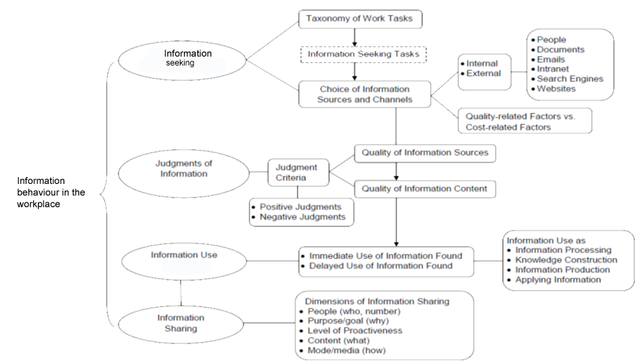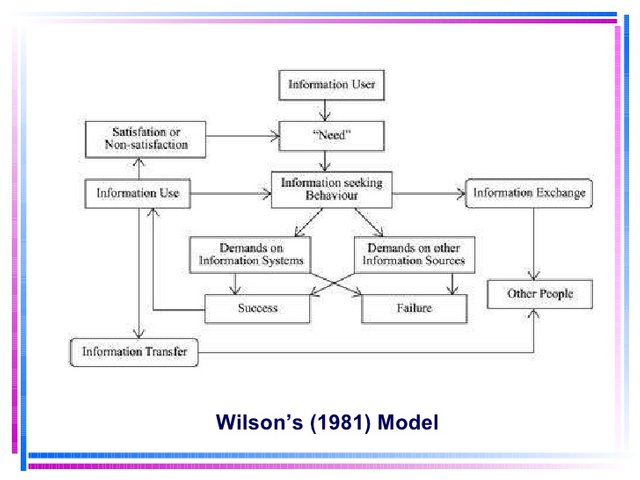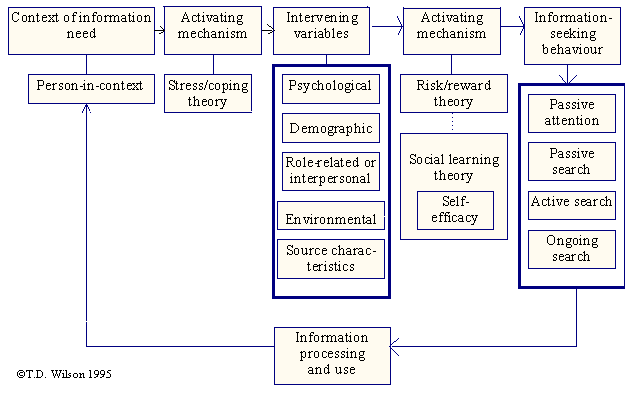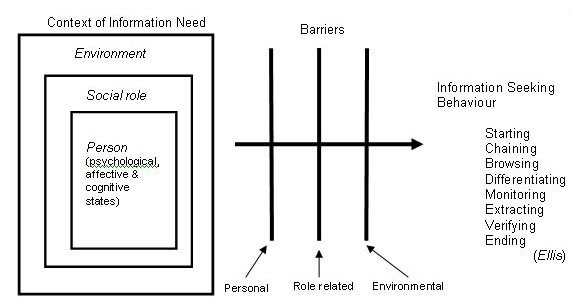Information Science - Theories and Models of (Not Only) Information Behaviour
Articles from this series
- Information science - Introduction
- Information science – Uniqueness and essential questions
- Information science – Philosophical approaches
- Information science – Paradigms
- Information science – Epistemologies
- Information science – What is information?
- Information science - Terminology (Knowledge, Document)
- Information science - Terminology (Collections, Databases, Relevance)
- Information science – Domain
- Information science – Organisations of information
- Information science - Information systems
- Information science – Informetrics
- Information science – Application of informetrics
- Information science – Information behaviour
Main source
Introduction to Information Science - DAVID BAWDEN and LYN ROBINSON

Theories and models of information behaviour

The „first class“ models are descriptive. They only state the account of the factors and activates included in information behaviour. The whole “universe of knowledge” is perceived and the relations in between individual factors are searched for. There is no degree of detail in the individual aspects. The process is being studied as theoretically as possible. Descriptive models usually look like this.

Source
The “second class”, or also processing, models add the order of individual entities and activities happening/occurring during the information seeking time. They are still only theoretical and do not add any in-depth researches about the individual activities or entities.

Source
The first and second class only point at measurable behaviour and activities and that is its limit. The “third class”, or also cognitive, models are upgraded with the motives and motivations of the entities shown in the second class models.

Source
The “fourth class” models, or also complex, are the “supreme models”. They no longer are an account of linear phases, actions and entities. They finally try to measure the details of individual aspects and remove the linearity.

Source
The models are not supposed to provide tons of information about any perceived subject. Their goal is to form some kind of map that is supposed to help the researcher, or student, orient himself in the subject. It is not supposed to show us what has been researched, but rather what is presumably needed to be researched when dealing with any topic. As you could have guessed those models are not only usable for information seeking behaviour, but for much bigger variety of subjects.

I am confusion
Bad for you i guess:DD